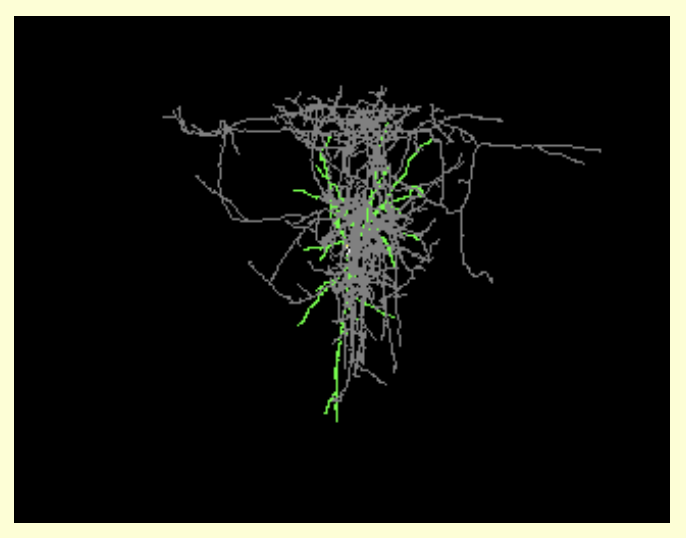URL: http://med.stanford.edu/narcolepsy.html
Proper Citation: Stanford Center for Narcolepsy (RRID:SCR_007021)
Description: The Stanford Center for Narcolepsy was established in the 1980s as part of the Department of Psychiatry and Behavioral Sciences. Today, it is the world leader in narcolepsy research with more than 100 articles on narcolepsy to its name. The Stanford Center for Narcolepsy was the first to report that narcolepsy-cataplexy is caused by hypocretin (orexin) abnormalities in both animal models and humans. Under the direction of Drs. Emmanuel Mignot and Seiji Nishino, the Stanford Center for Narcolepsy today treats several hundred patients with the disorder each year, many of whom participate in various research protocols. Other research protocols are conducted in animal models of narcolespy. We are always looking for volunteers in our narcolepsy research studies. We are presently recruiting narcoleptic patients for genetic studies, drug clinical trials, hypocretin measurement studies in the CSF and functional MRI studies. Monetary gifts to the Center for Narcolepsy are welcome. If you wish to make the ultimate gift, please consider participating in our Brain Donation Program. To advance our understanding of the cause, course, and treatment of narcolepsy, in 2001 Stanford University started a program to obtain human brain tissue for use in narcolepsy research. Donated brains provide an invaluable resource and we have already used previously donated brains to demonstrate that narcolepsy is caused by a lack of a very specific type of cell in the brain, the hypocretin (orexin) neuron. While the brain donations do not directly help the donor, they provide an invaluable resource and a gift to others. The real answers as to what causes or occurrs in the brain when one has narcolepsy will only be definitively understood through the study of brain tissue. Through these precious donations, narcolepsy may eventually be prevented or reversible. We currently are seeking brains from people with narcolepsy (with cataplexy and without), idiopathic hypersomnia and controls or people without a diagnosed sleep disorder of excessive sleepiness. Control brains are quite important to research, as findings must always be compared to tissue of a non-affected person. Friends and loved ones of people who suffer with narcoleps may wish to donate to our program to help fill this very important need. Refer to the Movies tab for movies of Narcolepsy / Cataplexy.
Abbreviations: Stanford Center for Narcolepsy
Synonyms: Stanford University Center for Narcolepsy
Resource Type: brain bank, biomaterial supply resource, material resource, tissue bank
Keywords: brain tissue, brain, tissue, hypocretin, orexin, narcolepsy, sleep disorder, cataplexy, idiopathic hypersomnia, normal control, kleine-levin syndrome, dog, zebrafish, research, therapy
Expand Allis listed by |
|
has parent organization |
We found {{ ctrl2.mentions.total_count }} mentions in open access literature.
We have not found any literature mentions for this resource.
We are searching literature mentions for this resource.
Most recent articles:
{{ mention._source.dc.creators[0].familyName }} {{ mention._source.dc.creators[0].initials }}, et al. ({{ mention._source.dc.publicationYear }}) {{ mention._source.dc.title }} {{ mention._source.dc.publishers[0].name }}, {{ mention._source.dc.publishers[0].volume }}({{ mention._source.dc.publishers[0].issue }}), {{ mention._source.dc.publishers[0].pagination }}. (PMID:{{ mention._id.replace('PMID:', '') }})
A list of researchers who have used the resource and an author search tool
Find mentions based on location

{{ ctrl2.mentions.errors.location }}
A list of researchers who have used the resource and an author search tool. This is available for resources that have literature mentions.
No rating or validation information has been found for Stanford Center for Narcolepsy.
No alerts have been found for Stanford Center for Narcolepsy.
Source: SciCrunch Registry





